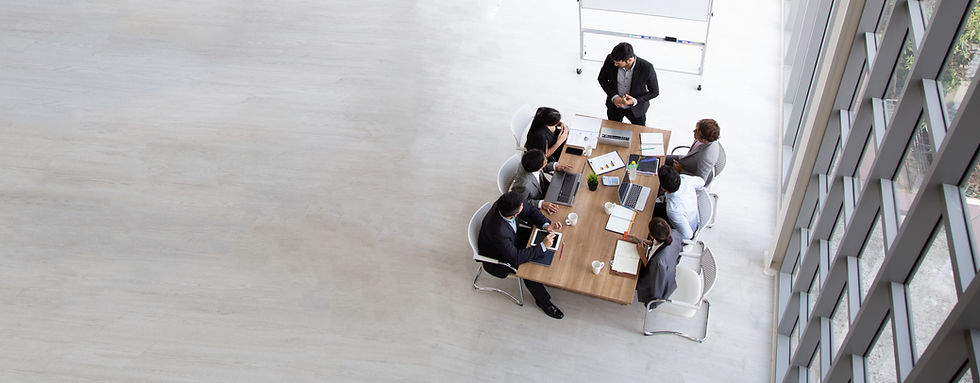Environments Influence the Biochemistry of the Body
- MA Emma Kocmanek Dikyova, DipArt

- Jun 11
- 3 min read
The environment is not merely a backdrop to our lives—it is a silent architect of our emotions, our thoughts, and even our biochemistry. Every sound, texture, color, and scent we encounter can either support or sabotage our inner equilibrium. In the pursuit of selfgrowth and inner transformation, it is not enough to look inward; we must also examine the world we build around us. External neuro-stimuli hold the key to bridging the external world with our inner work, making our surroundings a co-creator of our well-being.
Why It Matters
Our body responds to our surroundings more than we might realize. External neuro-stimuli directly affect the production of hormones like cortisol (stress), serotonin (happiness), and melatonin (sleep). This is vital for those on a path of inner work and personal development. A chaotic, noisy, or sterile space can unconsciously trigger anxiety and fatigue, while a calm, intentional space can promote relaxation, self-care, and motivation. Incorporating sensory awareness into your home or life design aligns your physical environment with your affirmation and selfgrowth practices.
Moreover, motivational quotes and affirmations have greater impact when experienced in a space curated with intention. A well-lit room with natural elements and calming scents can enhance receptivity to inner transformation, while a cluttered or poorly designed space may hinder it. This intersection of space and
energy is the essence of emotional design and Life Philosophy Design.
The Environment and Yourself
External neuro-stimuli are sensory inputs from our surroundings that activate the nervous system. These include visual elements (color, light, shapes), auditory cues (music, nature sounds, noise), olfactory signals (scents), and tactile experiences (textures, temperatures). These stimuli engage our brain through neural pathways and can either stimulate or soothe our body, impacting stress levels, hormone regulation, and emotional states. They are a foundational element in environmental psychology and integral to designing a healing environment.
Design Your Environment Intentionally
Intentional design is not about aesthetic perfection; it is about creating alignment between your outer space and your inner values. Begin with a self-assessment: What qualities do you want to cultivate—focus, serenity, vitality, or creativity? Once defined, you can start designing an environment that becomes an active partner in your personal development.
Consider the role of color psychology. For example, blue tones tend to induce calm and focus, making them ideal for areas dedicated to deep work or reflection. Lighting plays a crucial role too; access to natural light supports circadian rhythms and boosts serotonin levels, whereas harsh artificial lighting can induce fatigue and stress.
Textures matter more than we often realize. Soft, natural materials such as cotton, linen, or wood add a grounding element that communicates safety and warmth to the nervous system. Visual clutter, on the other hand, can overwhelm cognitive processing and hinder clarity. Organizing your space with intention—removing what no longer serves, and making room for meaningful items—can act as a metaphor for emotional decluttering and innerpeace.
Even furniture placement can impact your mood—try arranging your space to allow more open flow of movement and natural light.
Intentional design also includes digital space. Declutter your desktop. Use motivational quotes as wallpaper. Curate your online feeds to align with your selfgrowth goals. In a world where we spend hours online, your digital environment becomes a direct neuro-stimulus, influencing your biochemistry and mindset.
Ultimately, when your environment echoes your values and aspirations, it reinforces your efforts in inner transformation. The space around you becomes a mirror to the work within you. Thoughtfully designing your environment is a profound act of self-leadership and empowerment.
By recognizing how external neuro-stimuli influence our body’s biochemistry, we unlock a deeper layer of self-awareness. Aligning our environment with our personal development goals amplifies our journey toward life design by yourself. The integration of environmental psychology into our daily lives is no longer optional—it's essential for sustained selfgrowth. Discover how to create your own intentional space and design your life from the inside out with Life Philosophy Design.



Comments